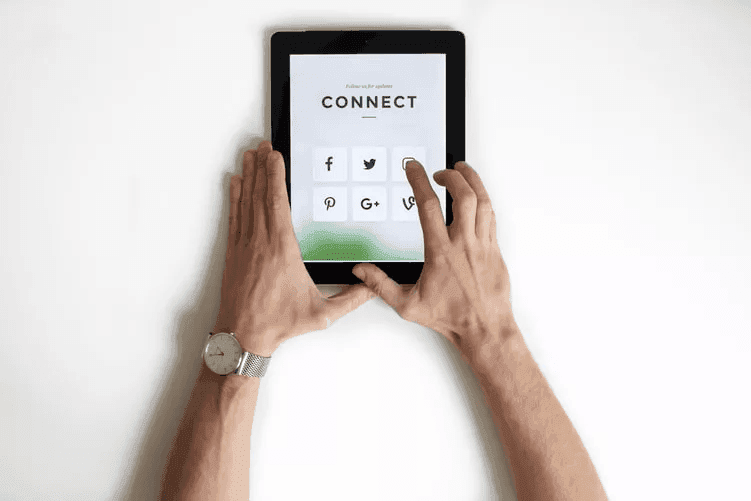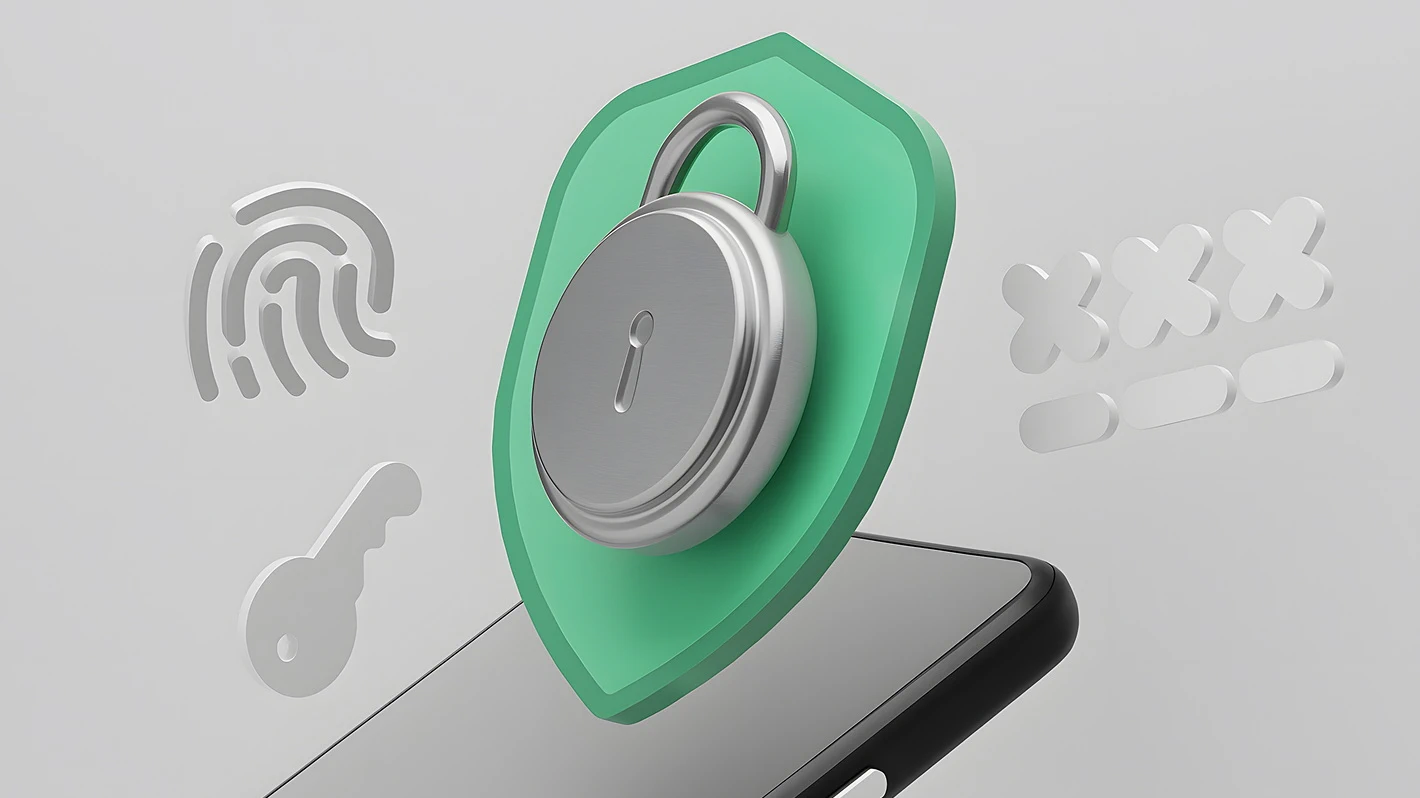Effective communication skills are essential in any customer success team. Your customer success team must be able to communicate effectively with customers, colleagues, and other stakeholders. Clear (or poor communication) between team members as well as between teams and customers can affect sales, efficiency, and customer retention.
If you are not constantly evaluating your team’s communication process to improve workflow, your company may just be missing out on exponential customer success growth which essentially affects your bottom line.
Clarity of communication is an important aspect when dealing with customer needs. Getting clarity and avoiding misunderstandings involves asking key questions and providing the customer with a clear timeline of the actions you intend to take. In addition, asking open-type questions will enable customer success agents to smartly detect customer pain points.
Communication is a valuable reinforcement tool to solidify relationships. A salesperson who follows up with a customer in the time immediately following a sale can reinforce product benefits or services and address any problems immediately. This lays a foundation for long-term customer loyalty leading to repeat sales.
Effective communication is a skill that can be learned and should be a priority for anyone in a customer service role. There are however other factors, including, tech solutions, data access, and workflow structures that impact the efficiency of your organization’s communication flow. Implementing three key strategies will optimize your business communication for outstanding customer success.
Let’s get to it.
Strategies to Optimize Business Communication for Customer Success
Ensure that Customer Success Team Members are Great Active Listeners
Before being able to process data, your team needs to obtain the right information from customers. Active listening plays an integral part in your efficacy as a customer success team. Clients pass on a wealth of information when talking to you. The cues may be subtle, and easy to miss so it’s crucial that you are in tune.
Active listening also improves mutual understanding. This decreases chances for mishaps and solidifies your understanding of customer needs which will help you serve them better.

Unless you are actively listening to your customers, you could be foregoing potentially lucrative opportunities. Do not think that you are automatically actively listening just because you are engaging with a customer. Good listening skills require giving the customer your full attention and hearing them out without interrupting them.
Active listening skills can be developed and improved. To do this start by avoiding multitasking when dealing with a customer. Customers can easily perceive your distraction as disrespectful and some may even find it offensive. Rephrase what the customer has expressed in your own words and repeat it back to them. This is often all that is needed to make a customer feel that you are trying to understand their situation. It does not necessarily mean that you agree with what they are saying, but it does confirm you are indeed listening and this makes customers feel valued.
Encourage your team to use active listening strategies when dealing with customers to increase efficiency, sales success, and customer rapport.
Take Advantage of Different Communication Channels
Customer service is competitive and requires continuous attention to stay in front of the chasing pack. It is easy for customers to change their minds about a product, service, or supplier, and all at the click of a button. A customer’s first impression, regardless of the interaction channel, will set the stage for their entire experience with your company, so it’s critical that the initial point of contact is memorable.
To maximize success, companies should be active on the channels that are most convenient for customers. Some people prefer picking up the phone for a direct conversation while others prefer communicating via social media channels or email. Being available to assist customers on their preferred channels (and being consistent in doing so) will help you take full advantage of ways to increase customer satisfaction rates and drive sales while leads are hot.
Since any business is unlikely to excel on all channels, identify the most preferred channels and be available where your clients are. Streamlining the channels you choose under one platform will allow you to access data and deliver a consistent and cohesive multi-channel service between social media, email, and website interactions.

Channels to Improve Customer Communication
Email Marketing – A cornerstone of customer relationship management (CRM), effective email marketing software is invaluable. Skillfully executed and strategically targeted email campaigns, facilitated by robust email marketing software, play a crucial role in attracting and retaining customers. Email newsletter software, a feature of advanced email marketing platforms, are instrumental in engaging and maintaining connections with both existing and prospective customers.
Email autoresponders allow you to develop customer relations without having to set aside additional time to send welcome, onboardings, or thank you emails. While autoresponders are usually scheduled, they can still offer a personal style of communication.
Webinars – Used mainly to showcase products and services, expand on published content, and demonstrate subject matter expertise. Using webinars can help you connect with participants, especially when face-to-face encounters and group meetings are not possible. Customers or prospective clients who engage in webinars are generally more likely to make a purchase from you.
Live Chat – Allows visitors to connect with representatives on demand. Live chat is preferred by many customers as opposed to picking up the phone for instant solutions. This channel requires just as much attention as a call center for example. It can also be easier to find and correct issues from chat logs that are text-based than from voice interactions.
Live chats allow you to gain insights into browsing habits and customer personas. If this data is effectively channeled in your customer success strategy, it will allow you to provide personalized interactions to heighten satisfaction and propel customer success growth.
Social Media – Using it to offer customer support can benefit your business by serving as a communication channel while boosting brand awareness, increasing customer engagement, and leveraging marketing avenues.
When social channels are managed optimally for customer support, they can be leveraged to increase customer lifetime value. A social media customer success strategy should always involve quick replies to queries, complaints, and reviews.
Self-Service Portals – FAQs, user guides, how-to videos, knowledge-based resources, and online forums allow customers to find what they are looking for without having to hold a call or wait for a response. Although there is no direct interaction with a business agent, this still serves as an effective means of communication between your business and customers. They should be able to find answers to general questions easily in the self-service portal. This can be enhanced by incorporating interactive content such as screenshots, step-by-step guides, and videos or by presenting information in a format such as an online flipbook, which allows users to navigate visually rich and organized materials with ease. Your website or app knowledge base should be continuously updated to guarantee that information is accurate and current.
Regardless of the channels you choose to engage with customers, good communication skills and customer service etiquette are essential to establishing positive first impressions which can often give you an edge over your competition. Key etiquette includes using a friendly tone, communicating with positive language, listening actively, showing empathy, and personalizing conversations around customers’ unique needs and will help your team to build and maintain trust. Listening to and acting on client feedback will enhance your online customer support process.
Optimize Your Customer Success Workflow Around Communication
A customer success workflow will simplify, streamline and support the efforts of your team for maximum deliverability on outcomes. The following steps will help you identify and implement standard operating procedures to optimize effective customer success workflow, address customer expectations, and minimize problems. Identifying workflow processes and procedures gives the customer success manager and team a point of reference from which to execute vital communication functions.
Create an Effective Workflow Strategy
Understand the Customer Journey – To create a workflow strategy you first need to understand your customer’s goals and needs. These, of course, are ever-changing and will depend on the stage of the customer lifecycle. Recognize your customer’s journey through the sales process from service introduction, decision-making, and acquisition to product use and after-sales care. This will easily highlight areas that need adjustment.
Varying customer needs throughout each stage must be met accordingly. If you only care for the client during the purchase stage but neglect them when the product fails, for example, your brand will suffer irrespective of how great your pre-sales service was.

Map Out the Customer Journey – Once you have identified the customer’s needs throughout the sales journey, you can create a sales communication cycle. This allows each service department to communicate effectively and strategically during each phase. As you determine the sales process consider the following:
- Identify why a customer would need your product or service.
- Identify how your product or service will solve a customer’s problem.
- Consider the decision-making factors that lead to the final purchase.
- Define possible pain points during the purchase stage.
- Outline the customer experience after purchasing the product and possible problem scenarios.
- Establish an effective after-sales follow-up strategy and how you would maintain customer interaction long-term.
Tools and Technology – Use the right tools and technology to align customer needs with the required business processes. Using a Customer Relationship Management (CRM) tool will assist in streamlining every step. Not having a predetermined process in place will take the focus from the customer onto a dysfunctional administration process.
A CRM tool can improve customer success by keeping a database of activity logs, purchase behavior, and customer information. This allows agents to offer a more personalized service with relevant up-selling suggestions. It also tracks deals and the sales pipeline for prospective customers.
Make the most of your identified workflows by providing your team with a platform– such as the solution offered by Helpware – that features all the capabilities you need for success by providing your company with a specialist customer success function.
Helpware leverages advanced tech infused with years of experience and dedication to create task execution solutions specific to your organization. By harnessing powerful RESTful APIs customized to your workflow, we can partner with you to help your business reach its defined objectives.
A key advantage of this type of integration is providing flexibility since information is not tied to resources or methods. This allows the handling of multiple types of calls and returning numerous data formats with the correct implementation of various media and channels. Data obtained also serves as a decision framework for best practices with customers.
Having effective procedures and tools in place allows your customer success staff to focus on customer satisfaction by avoiding unnecessary procedural and administration setbacks, misunderstandings, and backlogs. Data and customer information from various channels can be accessed in one, intuitive hub. When the entire team is in sync with what is needed and how to get there, they can consistently invest in establishing superior customer relationships.
Evaluate – You need to be continually evaluating and amending your strategy. A commitment to improving each stage by identifying areas of the lifecycle that may be challenging for the customer and how you can intervene to ease these.
You can do this by:
- Comparing sales and customer satisfaction before and after strategy implementation.
- Evaluating profits and losses
- Assessing customer retention rates through repeat business, lost sales, and complaints.
Revamp your customer success workflow by gathering and consistently listening to customer feedback. Constantly improving your workflow shows customers that you care about them. Give them a voice and let them express both positive and negative experiences with ease.
Strategy Implementation
To summarize. To maximize customer success the following is essential:
- Effective communication and active listening
- Utilizing various communication channels for the most desirable outcome
- A customer success workflow executed in a sequence that will lead to sustainable long-term customer relationships
Helpware brings a new dimension to outsourcing for optimal customer success by offering customizable workflows and a managed workforce. This allows your team to focus on their core functions while still giving your business the ability to successfully service customers without sacrificing efficiency and professionalism.
Helpware offers secure, high-quality operations with a scalable in-house staff complement paired with tailored tech solutions. We assign a dedicated customer success manager to the operations team ensuring quality control and accurate completion of tasks.
Helpware offers you all the capabilities you need to scale your customer success workflow. Explore Helpware’s communication solutions that drive outcomes for leading customer success companies.











